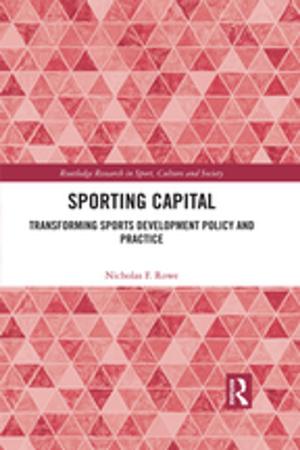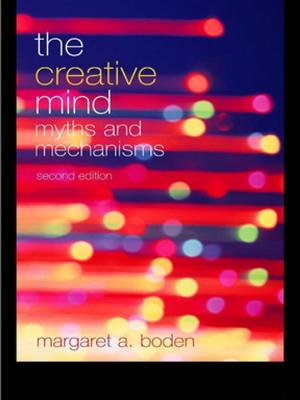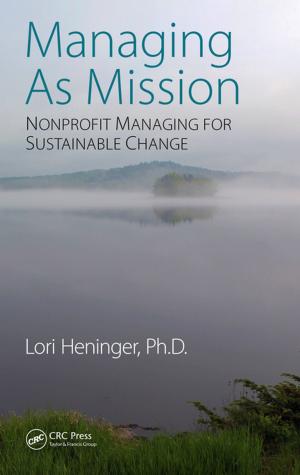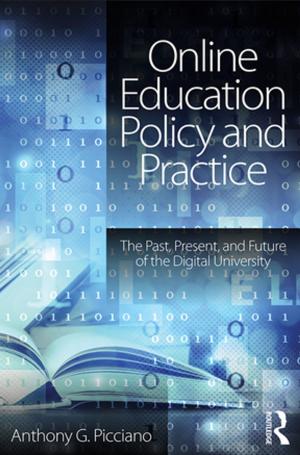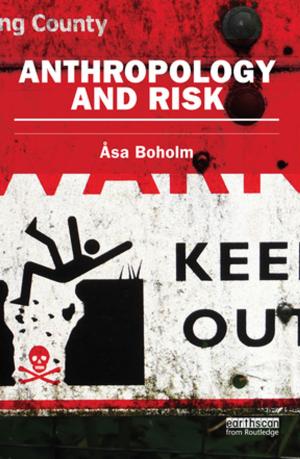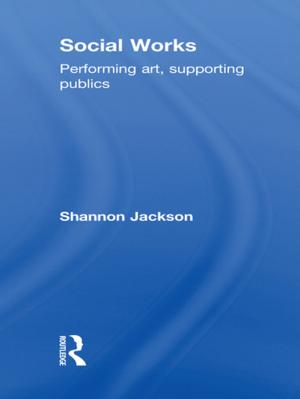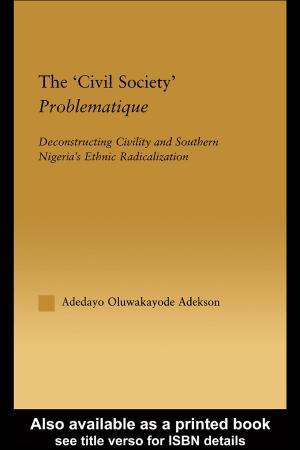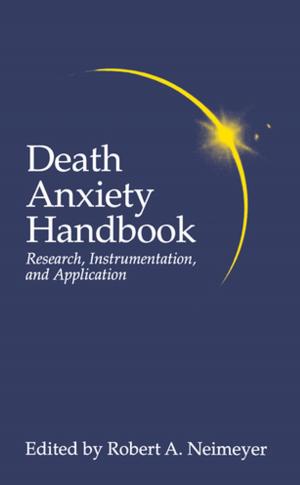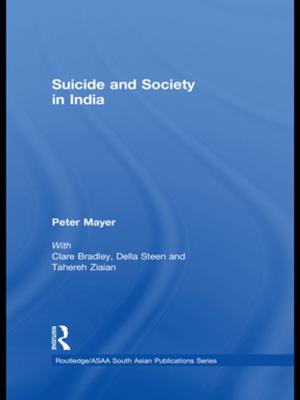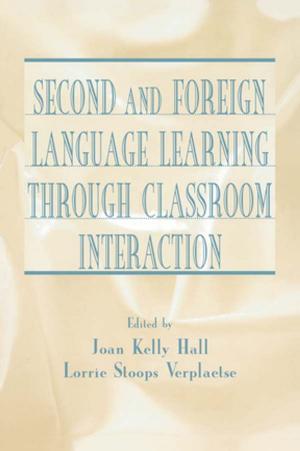A Guide to English Literature
Fiction & Literature, Literary Theory & Criticism, Nonfiction, Religion & Spirituality, Philosophy| Author: | F. W. Bateson | ISBN: | 9781351535441 |
| Publisher: | Taylor and Francis | Publication: | September 4, 2017 |
| Imprint: | Routledge | Language: | English |
| Author: | F. W. Bateson |
| ISBN: | 9781351535441 |
| Publisher: | Taylor and Francis |
| Publication: | September 4, 2017 |
| Imprint: | Routledge |
| Language: | English |
At first glance A Guide to English Literature may seem to be no more than a short bibliography of English literature with perhaps rather more extensive--and certainly more outspoken--comments on the principal editions, commentaries, biographies, and critical works than bibliographies usually provide. But it is something more: this guide contains long ""inter-chapters"" that provide reinterpretations of the principal periods of English literature in the light of modern research, as well as two final sections summarizing in unusual detail the literary criticism that exists in English and recent scholarship in the field. The purpose of this book, then, is to provide the reader with convenient access to a disciplined study of the texts themselves.This guide proposes itself as a new kind of literary history. The conventional history of literature has often tended to become a substitute for the reading of the literature it describes: the better the history, the greater the temptation to substitute it. The present combination of reading lists and inter-chapters cannot be a substitute for anything else. Meaningless as literature in themselves, they nevertheless provide the necessary preliminary information to meaningful reading. Since oddities of arrangement derive from these assumptions, the authors are not arranged alphabetically. Instead there are chronological compartments--with the divisions circa 1500, 1650, and 1800--in which authors succeed each other in the order of their births.This pioneering handbook is primarily a bibliographical laborsaving device. It is meant mostly for students and the general reader in that it stops where original research by the reader is expected to begin. However, the last chapter on literary scholarship is devoted specifically to the research specialist and provides indispensable equipment for the reader. There is also a general section on literary criticism which will be of use to all.
At first glance A Guide to English Literature may seem to be no more than a short bibliography of English literature with perhaps rather more extensive--and certainly more outspoken--comments on the principal editions, commentaries, biographies, and critical works than bibliographies usually provide. But it is something more: this guide contains long ""inter-chapters"" that provide reinterpretations of the principal periods of English literature in the light of modern research, as well as two final sections summarizing in unusual detail the literary criticism that exists in English and recent scholarship in the field. The purpose of this book, then, is to provide the reader with convenient access to a disciplined study of the texts themselves.This guide proposes itself as a new kind of literary history. The conventional history of literature has often tended to become a substitute for the reading of the literature it describes: the better the history, the greater the temptation to substitute it. The present combination of reading lists and inter-chapters cannot be a substitute for anything else. Meaningless as literature in themselves, they nevertheless provide the necessary preliminary information to meaningful reading. Since oddities of arrangement derive from these assumptions, the authors are not arranged alphabetically. Instead there are chronological compartments--with the divisions circa 1500, 1650, and 1800--in which authors succeed each other in the order of their births.This pioneering handbook is primarily a bibliographical laborsaving device. It is meant mostly for students and the general reader in that it stops where original research by the reader is expected to begin. However, the last chapter on literary scholarship is devoted specifically to the research specialist and provides indispensable equipment for the reader. There is also a general section on literary criticism which will be of use to all.

